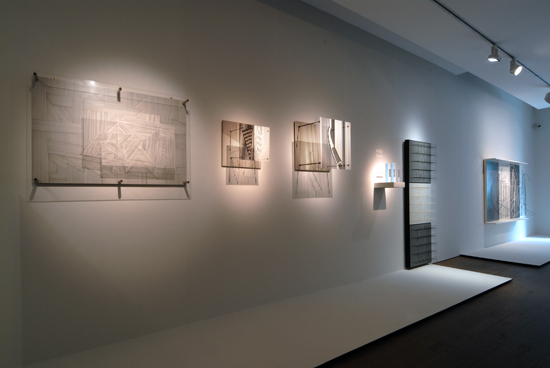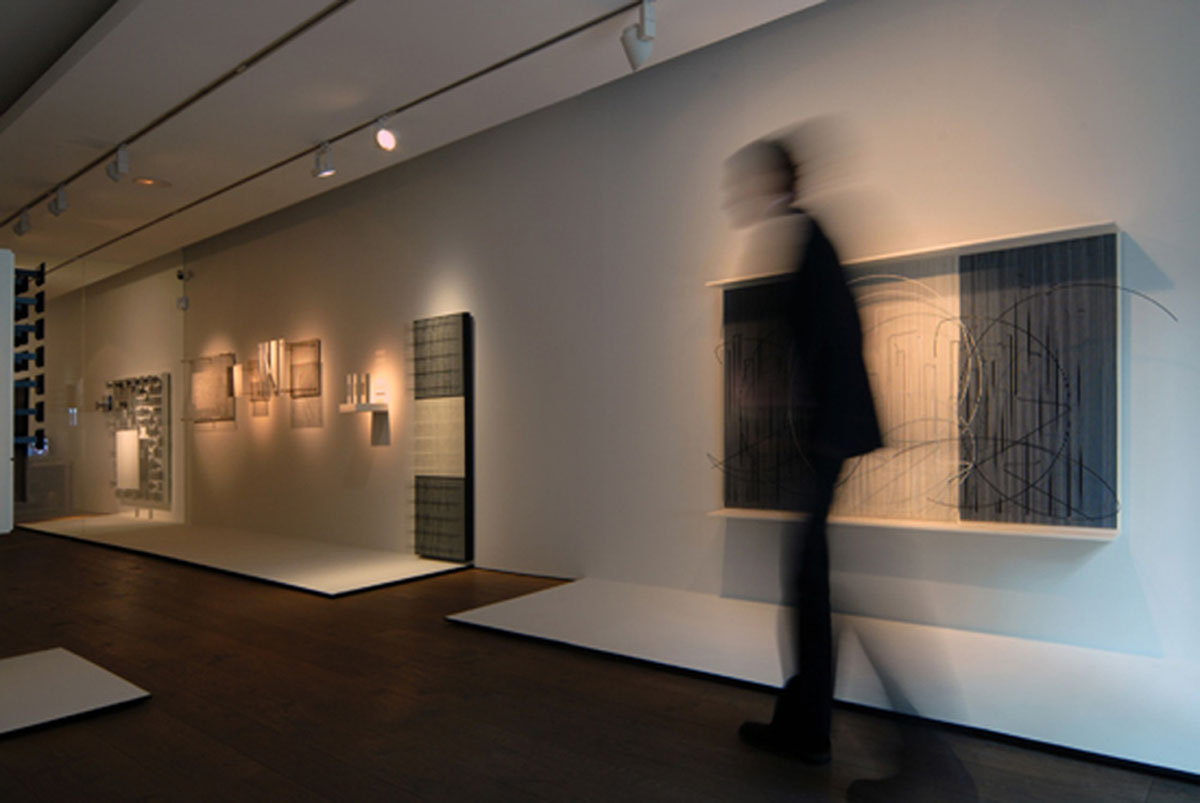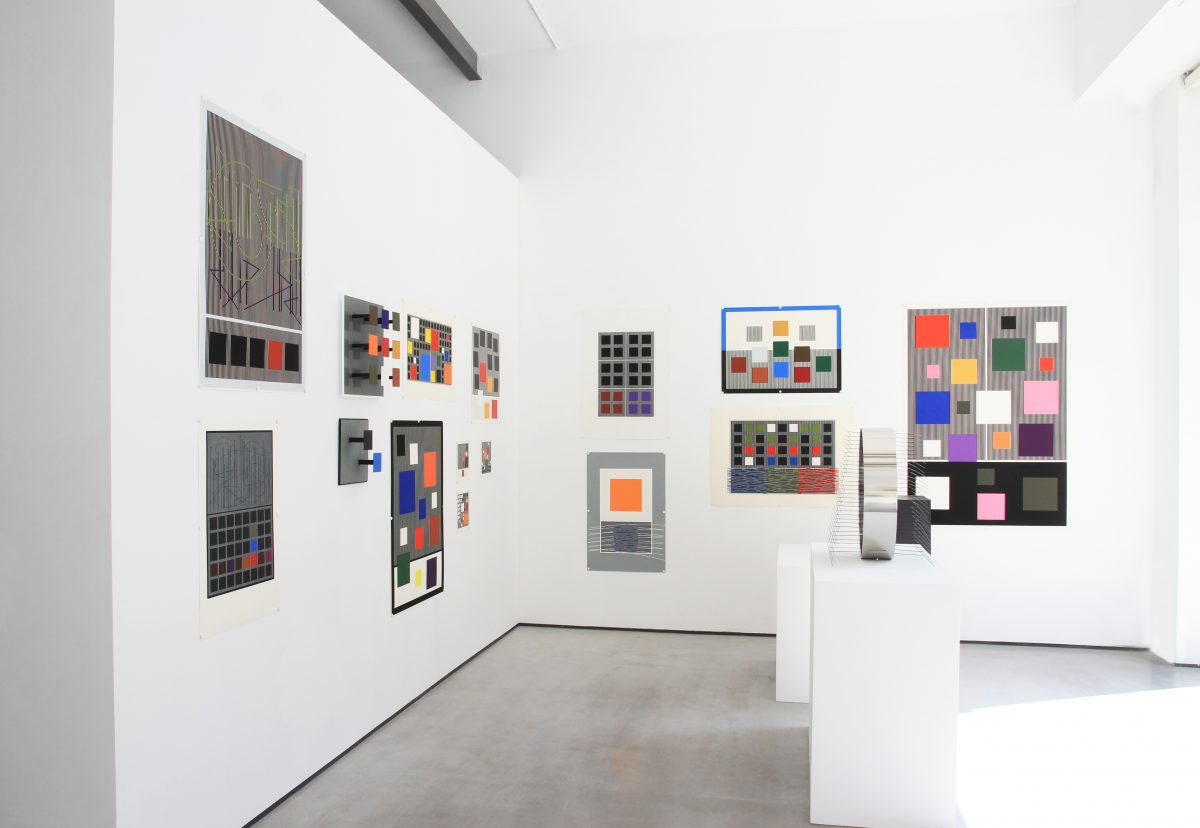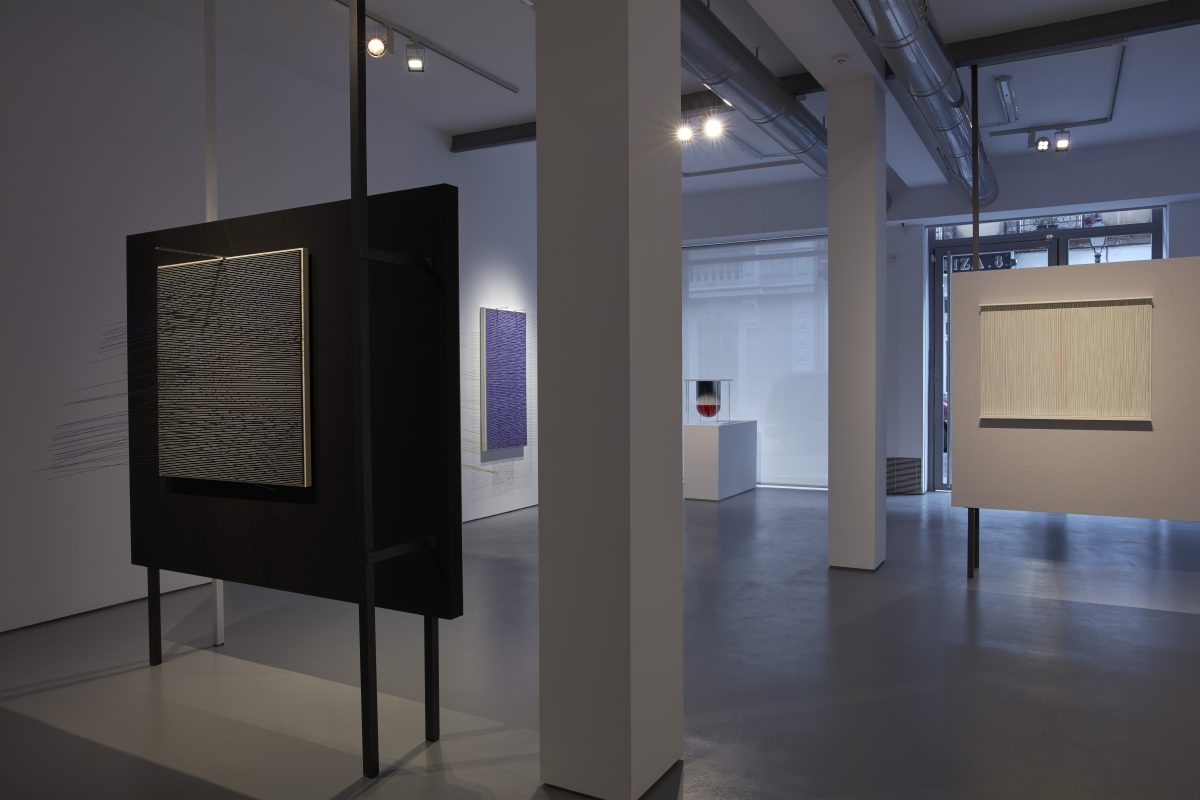black on white - white on black revolves exclusively on the works created in black and white by Jesús Soto (Ciudad Bolívar, Venezuela, 1923 - Paris, France, 2005). Soto, undoubtedly considered one of the artists of the second half of the 20th century who has used color and its combinations with more freedom, also analyzed, from a very early date, and in parallel to his series of purest colorism, the effect of black on white and white on black.

The artist referred to black and white as colors added to his chromatic scale and to a certain extent complementary to those that make up the artist’s colorist method (which basically uses blue, red and yellow and those that in turn complement these) : “I prepared a kind of numerical code list, asking myself which code can be better controlled in the visual arts. It immediately occurred to me that it was the color. I chose a base of three starting colors: blue, red and yellow. With their complementary colors, it had six colors, to which I added black and white“(Extract from the colloquium Nourritures scientifiques et musicals, June 3, 1994, Laboratoire Musique et Informatique, Marseille).
For the exhibition, works made between 1956 and 1991 were brought together, showing, as a novelty, one recently published by the artist’s atelier “Vibración de la masa” 1968-2012 whose circulation consisted of 100 copies.
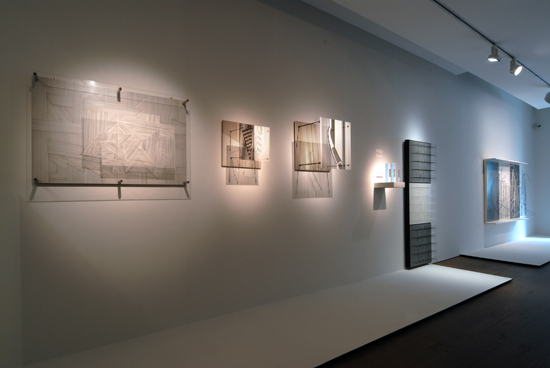
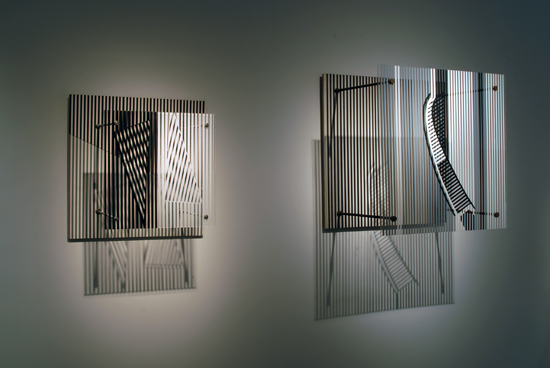
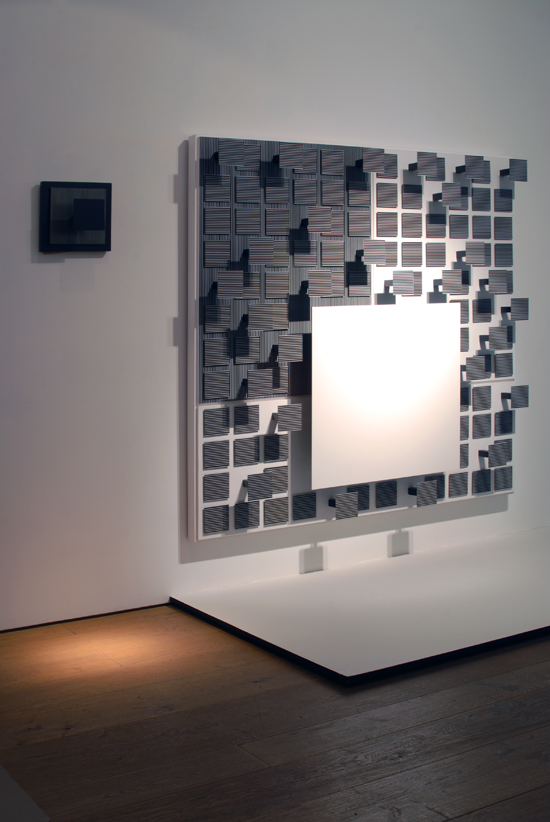
Jesús Rafael Soto (Venezuela, 1923 – France, 2005) is considered one of the most important artists of the 20th century. In the 1950s he moved to Paris where he had the opportunity to meet and experience the vibrant artistic environment that was developing in the French capital at that time. There he met artists such as Tinguely, Vassarely or Calder. It was precisely in this context that he began to move away from the strictly pictorial plane in order to explore new plastic possibilities, focusing on reflection around three-dimensional space.
